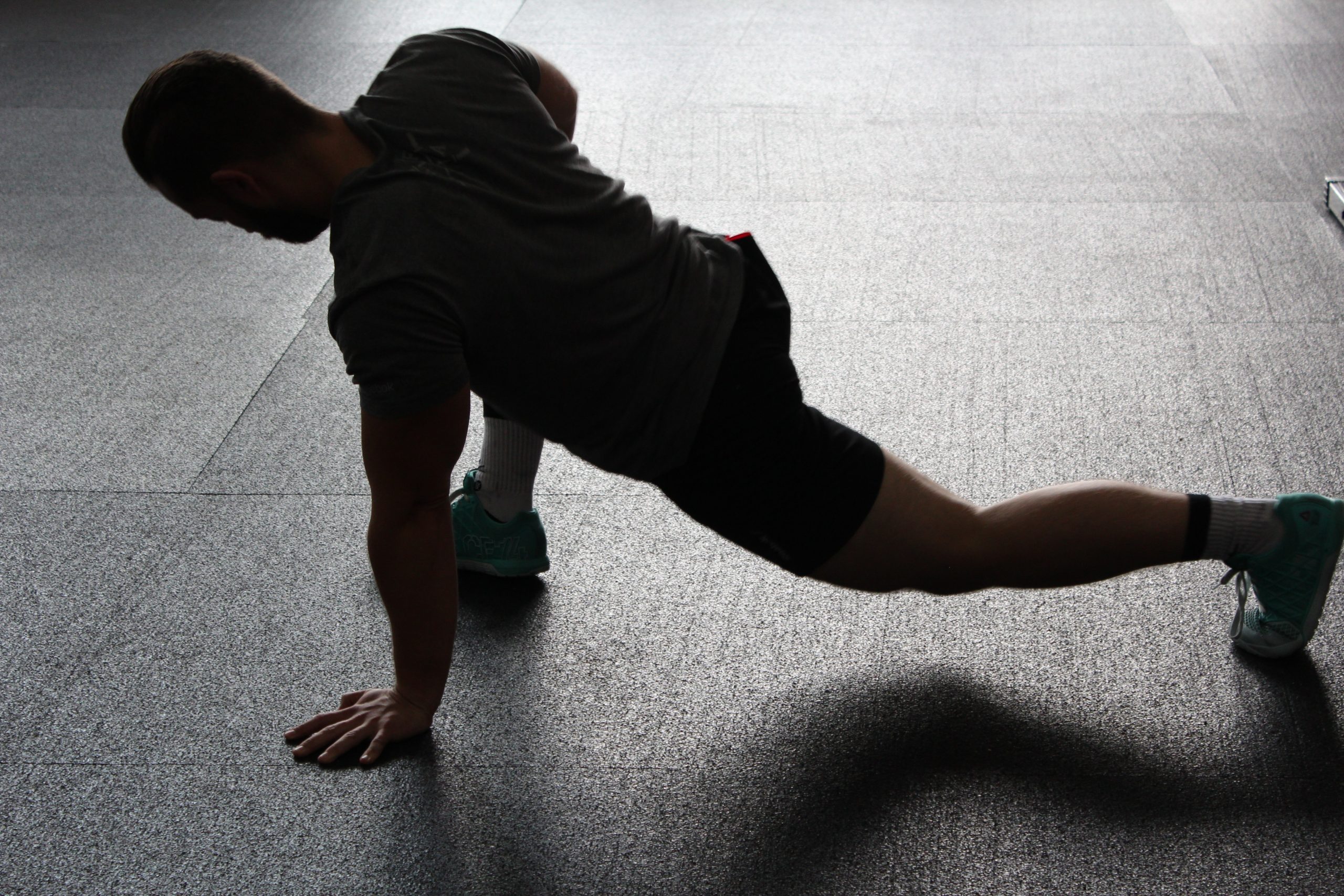
Does Stretching Before a Workout Decrease Muscle Growth?
A lot of lifters still do traditional static stretching before they lift. Is that robbing them of some gains?
Before diving into the literature, it’s important to distinguish the different types of stretching and their corresponding purpose. To eliminate any confusion, it must be stated the “stretching” or warming up before exercise is imperative not only to your health and longevity but also to your performance and progressive gains.
With that said, it largely depends on HOW you warm-up before a workout that will determine whether or not you’ll experience a decrease in muscle growth.
In short, there are two types of stretching we will discuss here: static stretching, and dynamic stretching.
Dynamic stretching is the multi-jointed, active approach to stretching that is often implemented before a workout as a warm up. In contrast, static stretching is the isolated, elongated form of stretching where you focus on holding a stretch for several seconds targeting one specific muscle group.
The following will be a discussion of whether or not stretching before a workout will decrease muscle growth. To specify, this review is largely focused on the impact of pre-workout static stretching on muscle growth.
Overview
As mentioned in the preface, static stretching is a form of stretching that focuses on elongating a singular muscle group to its furthest point for a sustained period.
The purpose of static stretching is to not only improve flexibility and mobility (ROM) but to assist in muscle recovery, tension release, and pain relief. Simply put, static stretching is intended to put you in a more relaxed state, not an active state.
With that said, several athletes, competitive lifters, and avid gym-goers alike have a habit of statically stretching before the engagement of exercise for no other reason than they think it’s the right thing to do.
While this is a well-intended habit, unfortunately, the literature suggests otherwise. In fact, not only might it be ineffective but it may very well be detrimental…
What the Evidence Says
Static stretching is VERY beneficial to implement into your daily fitness routine, especially for flexibility, don’t get me wrong.
However, without properly and strategically timing the implementation of static stretching, you’re likely hindering your muscle gains, strength gains, and performance gains.
To put a reason on why this is the case, let’s take a look at the research…
Because strength gains and muscle gains are largely attributed to time under tension and volume load, it makes sense that static stretching before a workout can hinder your results as static stretching relaxes the muscle (unlike dynamic stretching which primes the muscle for action), and as a result the muscle loses its capacity to carry a given load, let alone for several reps at a given intensity.
Studies have shown that static stretching before exercise decreases the number of reps one can perform, decreases the load with which a muscle can carry, and acutely decreases power output.
Because all of these mechanisms are required for muscle growth, static stretching inherently decreases muscle growth when performed immediately before a workout.
Key Takeaways
While it’s important to incorporate stretching into your daily routine, it’s doubly important to incorporate the right type of stretching at the right times to elicit the desired results.
Dynamic stretching is most ideal before a workout. This will prime your body for action and likely improve overall performance while reducing the risk of injury. In most situations, we want to avoid static stretching immediately prior to training.
Implementing static stretch post-workout however will not only help improve your flexibility but will also assist in switching from sympathetic to parasympathetic NS activation thus improving recovery so that you can return to your next workout refreshed and ready to go.
References